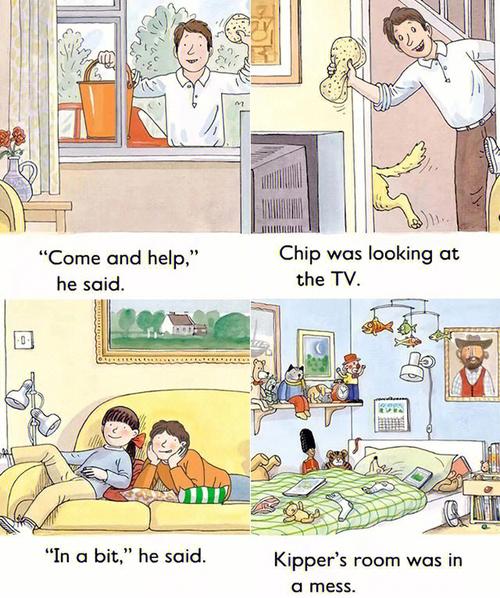
a bit
Have you ever wondered what a bit truly represents in the vast world of technology? A bit, often referred to as a binary digit, is the smallest unit of information in computing. It is the foundation upon which all digital data is built. In this article, we will delve into the intricacies of a bit, exploring its significance, applications, and the impact it has on our daily lives.
Understanding the Basics
A bit can exist in two states: 0 or 1. This binary nature is what allows computers to process and store information. For instance, when you type a letter on your keyboard, each keystroke is translated into a series of bits, which are then stored and processed by the computer.
Let’s take a look at a simple example to illustrate the power of a bit. Imagine you have a light switch. When the switch is in the “on” position, it represents a bit with a value of 1. Conversely, when the switch is in the “off” position, it represents a bit with a value of 0. This binary system is what allows us to control and manipulate devices in our daily lives.
Applications of Bits
Bits are used in a wide range of applications, from simple tasks like turning on a light switch to complex operations like running a supercomputer. Here are some of the most common uses of bits:
| Application | Description |
|---|---|
| Computers | Computers use bits to store, process, and transmit data. Every program, file, and website is essentially a collection of bits. |
| Networking | Bits are used to transmit data over networks, allowing us to communicate and share information with others. |
| Storage Devices | Hard drives, solid-state drives, and other storage devices use bits to store data in a digital format. |
| Mobile Devices | Smartphones, tablets, and other mobile devices rely on bits to process and display information. |
One of the most fascinating applications of bits is in cryptography. By using bits, we can encrypt and decrypt sensitive information, ensuring that our data remains secure and private.
The Impact of Bits on Daily Life
The impact of bits on our daily lives is immense. From the moment we wake up in the morning to the time we go to bed at night, bits are at work, enabling us to perform a wide range of tasks. Here are some examples:

-
When you check your email, bits are used to transmit and process the data, allowing you to read and respond to your messages.
-
When you watch a video on your smartphone, bits are used to stream the video, allowing you to enjoy your favorite content on the go.
-
When you use a GPS device to find your way, bits are used to process the data, providing you with accurate directions.
Without bits, our lives would be drastically different. We would not have access to the vast amount of information and entertainment that we enjoy today. Bits have truly revolutionized the way we live, work, and communicate.
The Future of Bits
The future of bits is bright. As technology continues to advance, we can expect to see even more innovative applications of bits. Here are a few potential developments:
-
Quantum computing: Quantum computers have the potential to process and store vast amounts of data, thanks to their use of bits and qubits.
-
Neural networks: Neural networks, which are inspired by the human brain, rely on bits to process and analyze data, enabling them to perform complex tasks like image recognition and natural language processing.
-
5G networks: 5G networks will use bits to transmit data at much higher speeds, allowing us to enjoy faster and more reliable internet connections.
In conclusion, a bit is a fundamental building block of our digital world. It is the cornerstone of modern technology, enabling us to perform a wide range of tasks and enjoy a better quality of life. As we continue to explore the potential of bits, we can expect







